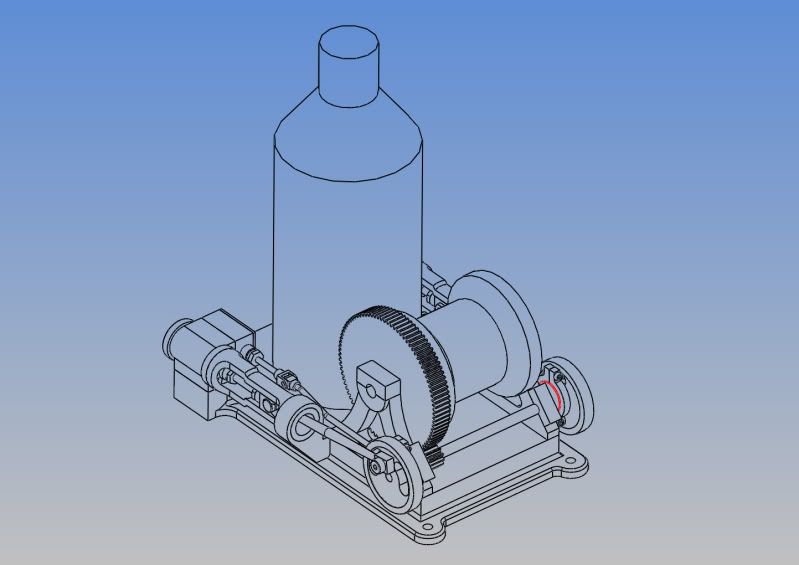- Joined
- Jan 17, 2009
- Messages
- 887
- Reaction score
- 82
Hi Brian that looks real good, i like your idea of actualy putting an engine to work, I've long toyed with the idea of coupling an engine up to a rolling mill.
I thought my popcorn engine was a little small on the cylinder bore, I put a pressure gauge onto the air line to see what it took to run it and got 10 psi and 20 psi with the governor connected, with all my other engines they will run at less than 3 psi, the over crank wone the competition and runs at 1psi, It may be worth considering increase the cylinder bore by couple of mm, there is enough room to take this without having to increase the overall size of the cylinder.
Stew
I thought my popcorn engine was a little small on the cylinder bore, I put a pressure gauge onto the air line to see what it took to run it and got 10 psi and 20 psi with the governor connected, with all my other engines they will run at less than 3 psi, the over crank wone the competition and runs at 1psi, It may be worth considering increase the cylinder bore by couple of mm, there is enough room to take this without having to increase the overall size of the cylinder.
Stew

















































![MeshMagic 3D Free 3D Modeling Software [Download]](https://m.media-amazon.com/images/I/B1U+p8ewjGS._SL500_.png)



































